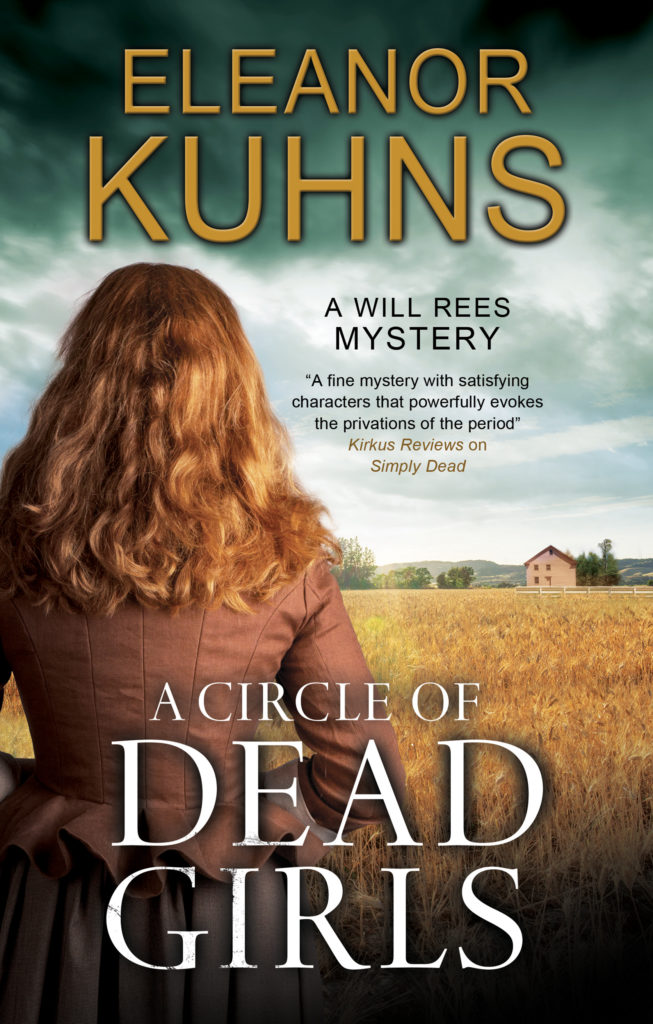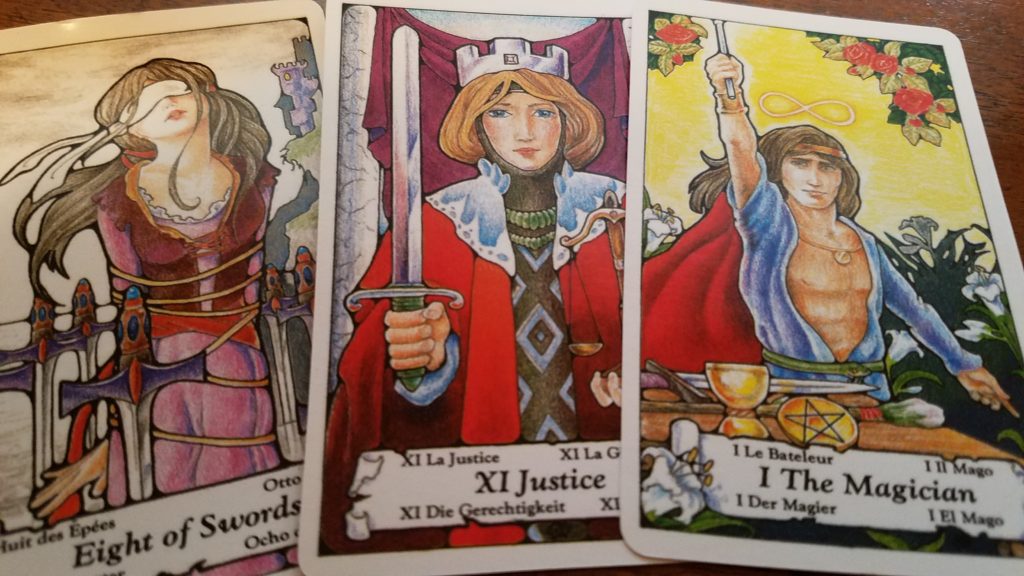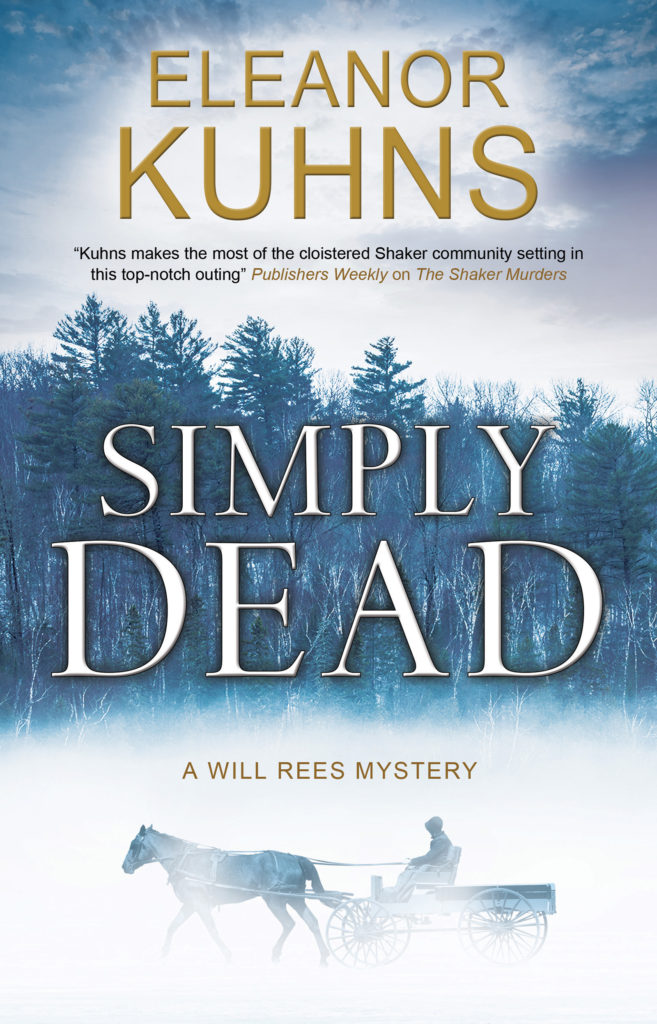Since the rebirth of the circus in Great Britain was begun as an equestrian show, it is no surprise than many animal species have long been the stars of the animal world. At first, the horse was supreme. Horse acts continued right through to the modern age.
But, along with clowns and acrobats, animals acts were added to entertain the audience between equestrian feats. And, before the exotic animals became a feature of the circus (the elephant was first brought to the United States in 1794), dogs, pigs and bears were pressed into service as acts. Again, similar to the horse, these animals have continued to mainstays of the circus.
Almost from the first, less common animals were featured. In 1779, Philip Astley (a Serjeant-Major who set up the first circus in Great Britain after a century), put a zebra on display. Other exotics, elephants, camels, monkeys, and eventually the big cats were added to the exhibitions.
With the expansion of the European powers into Africa, the types of animals employed expanded. Wild animals, especially the big cats, became a profitable business. It was not a big jump from exhibiting the animals to including them to performances. To the acrobats, jugglers and ropedancers was now added a menagerie of animals, many of them dangerous. Of course, with the animals, came animal trainers.
Some of these animal performers became big stars. In the 1940’s Jumbo, the elephant became so popular that jumbo, meaning colossal, became part of the language.



